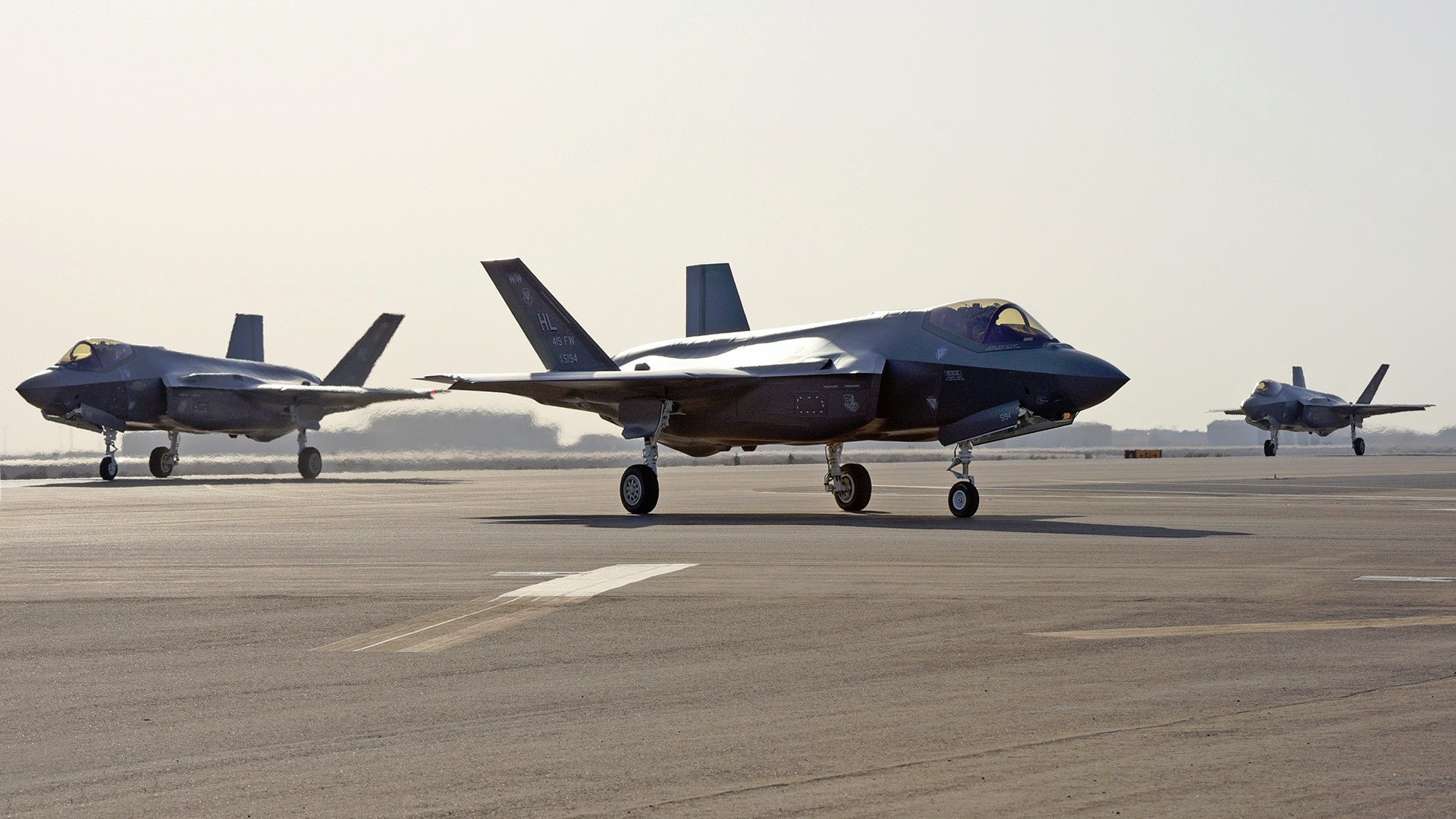The U.S. Air Force has sent F-35A Joint Strike Fighters on their first-ever operational deployment to the Middle East. The arrival of stealthy fighter jets to the region comes after the service decided to pull its F-22 Raptor stealth fighters from the region for the first time in years. It also follows a successful first combat outing for Marine F-35Bs, which involved strikes against ISIS in Iraq and Syria, as well as sorties in Afghanistan against the Taliban.
An unspecified number of F-35As touched down at Al Dhafra Air Base in the United Arab Emirates, an important base for the United States in the region, on Apr. 15, 2019, according to an official press release. The aircraft, as well as maintenance and support personnel, came from both the active duty 388th Fighter Wing and the Air Force Reserve 419th Fighter Wing, both of which are based at Hill Air Force Base in Utah. The two units began making their way to the Middle East last week, according to another official news item. In November 2018, they had also taken part in a massive readiness exercise, or “Elephant Walk,” involving 35 F-35As taking off in rapid succession.
“We are adding a cutting edge weapons system to our arsenal that significantly enhances the capability of the coalition [fighting ISIS],” U.S. Air Force Lieutenant General Joseph Guastella, commander of U.S. Air Forces Central Command (AFCENT), said in a statement. “The sensor fusion and survivability this aircraft provides to the joint force will enhance security and stability across the theater and deter aggressors.”
The Air Force has previously deployed the F-35A operationally to Europe and the Pacific region, but they did not take part in any active conflicts in those theaters. The service said it had reached initial operational capability with the type in 2016.
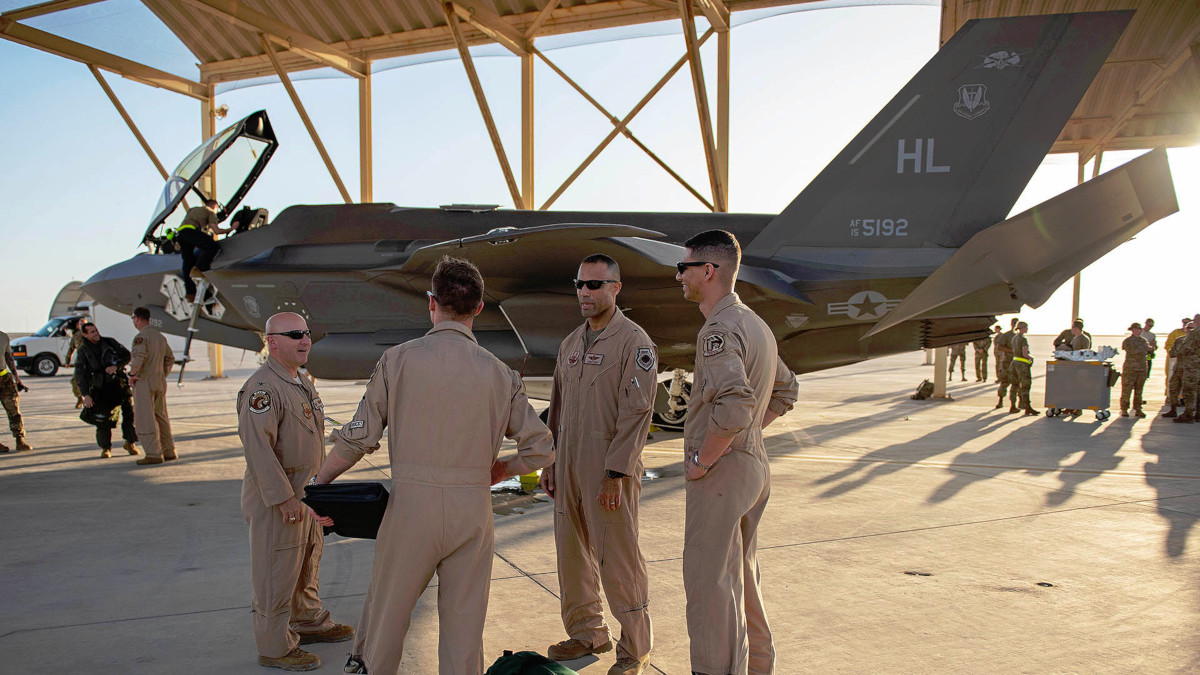
In the Middle East, it seems very likely that the F-35As will quickly find themselves flying sorties against ISIS in Iraq and Syria. Marine F-35Bs from the 13th Marine Expeditionary Group previously conducted strikes against militants in those two countries during a deployment that wrapped up in February 2019.
Some of the Air Force’s Joint Strike Fighters may make additional deployments further on to Afghanistan, to take part in the ongoing conflict there. The Marine F-35Bs had flown to that country and conducted their first-ever strikes against the Taliban in September 2018, which were also the first strikes any American F-35s from any service had ever conducted.

From Al Dhafra, the stealthy F-35As will also provide an important regional capability to respond to more serious crises, if necessary. In February 2019, the Air Force revealed it had withdrawn its F-22s from this same base in the UAE and replaced them with F-15C Eagles, instead.
Rotational deployments of Raptors to Al Dhafra have been regular occurrences since 2009 and the F-22s have played an important role in the region since then. In 2013, one of the stealth jets intercepted an Iranian F-4 Phantom II that harassing an Air Force MQ-1 Predator drone in the Persian Gulf.

The next year, F-22s saw their first combat missions over Syria. They were subsequently a regular presence in northeastern Syria, providing important on-call support to U.S.-backed fighters and their coalition advisors and helping chase away Syrian and Russian combat aircraft that could have threatened those forces.
The F-22s have been an important capability for the U.S. military to have in the region in order to be able to rapidly respond in potentially high-risk situations, such as near western Syria, where Syrian dictator Bashar Al Assad and his Russian and Iranian benefactors have significant air defenses, and in the Persian Gulf, where tensions routinely run high with Iranian forces. The Raptors have been the only aircraft from the U.S.-led coalition fighting ISIS penetrating western Syria, at all.
The F-35As will now be able to fulfill that important role from Al Dhafra. As Lieutenant General Guastella, the Joint Strike Fighters will also give the Air Force another valuable sensor and electronic warfare platform in the region, as well. The Joint Strike Fighter’s ability to fuse data from these systems together make it an even more powerful asset than the Raptors in this regard, passively scooping up electronic signatures from radars and other radio frequency emitters in the region. This could help in building up an electronic “order of battle” of composition and location of enemy defenses that could be useful when planning future missions. They also can provide non-traditional reconnaissance with their electro-optical and infrared sensors, as well.
With its sensor fusion and data sharing capabilities, the Joint Strike Fighters will also be able to act as important leaders to “‘quarterback’ for the coalition joint force” during air operations, U.S. Air Force Chief of Staff General David Goldfein said in a statement. This is another role the F-22 had previously filled in the region.
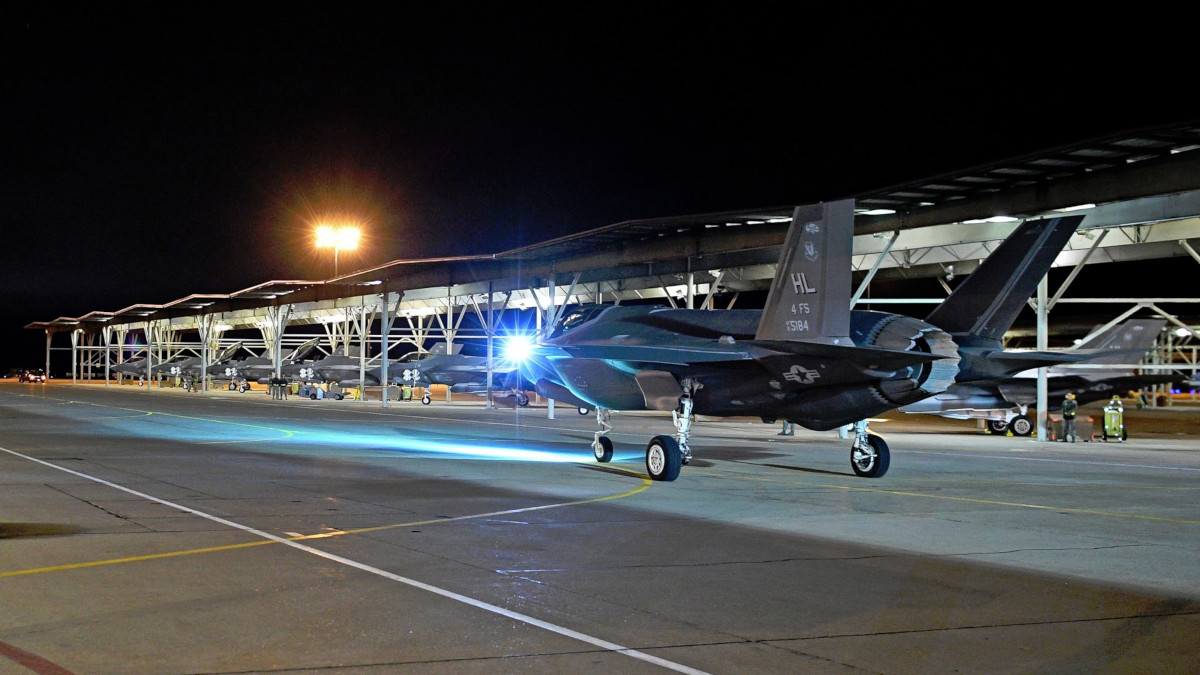
The F-35A also brings another new capability to the region over the F-22s. Unlike the F-22s, these jets can carry laser-guided bombs inside their weapon bays and have a built-in Electro-Optical Targeting System (EOTS) that is able to guide those laser guided bombs onto moving targets, all while still flying in their maximum stealth mode. The combination of a stealth aircraft with an organic laser-guided bomb targeting and delivery capability is something that the U.S. military has lacked since the official retirement of the F-117A in 2008.
This, along with persistent, but unsubstantiated rumors, has led some to believe that the Nighthawks had actually been regenerated to fly covert missions in the Middle East in recent years. The War Zone has examined those claims in depth and has also looked at the possibility that the Air Force, the Central Intelligence Agency, or some combination of U.S. government entities is flying the General Atomics Avenger drone in the region to provide this capability.
Sending the F-35As to the Middle East is also an important demonstration of the Air Force’s ability to deploy the jets operationally. The service, as well as the U.S. Navy and Marine Corps, has been struggling to reverse fledgling mission capable rates for the Joint Strike Fighters, as well as other types of fighter aircraft.
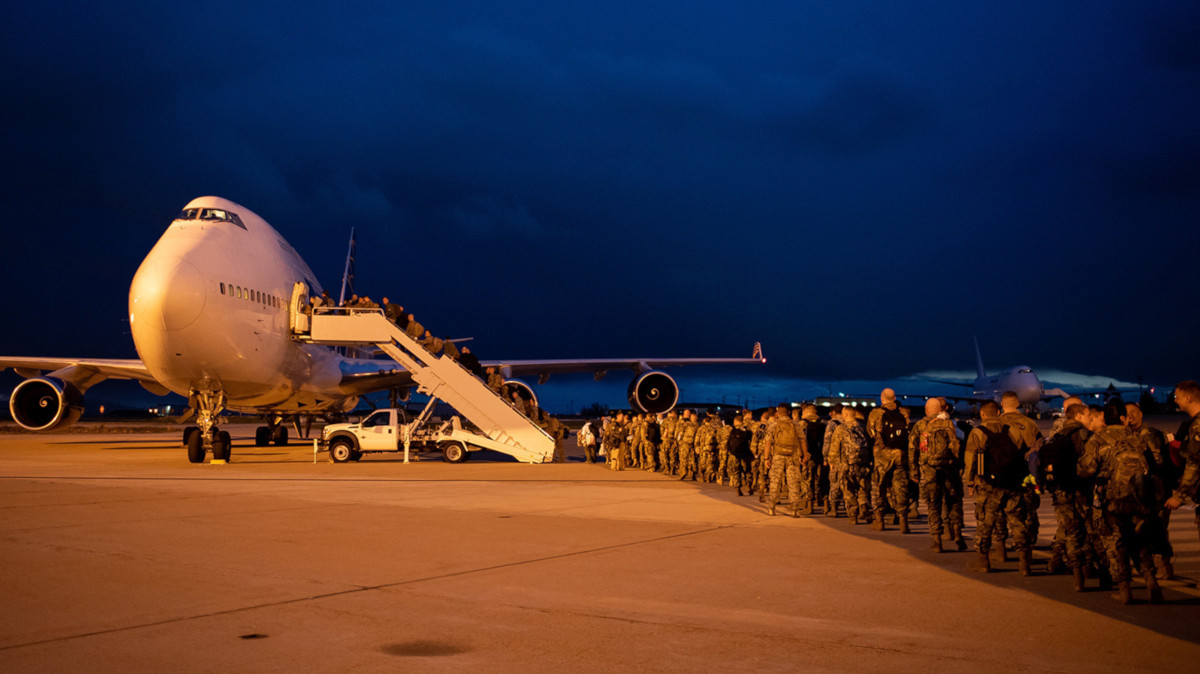
The decision to pull the F-22s out of the region was actually driven by efforts to work toward meeting the Pentagon-mandated goal of hitting an average 80 percent mission capable rate across the Raptor fleet by the end of 2019. The Pentagon has stipulated that this is same mission capable rate is the readiness goal for F-35s across the U.S. military, too.
The War Zone will definitely be keeping an eye out for further information about the USAF’s F-35A’s first trip to the Middle East, which could soon include the first-ever combat missions for the service’s Joint Strike Fighters.
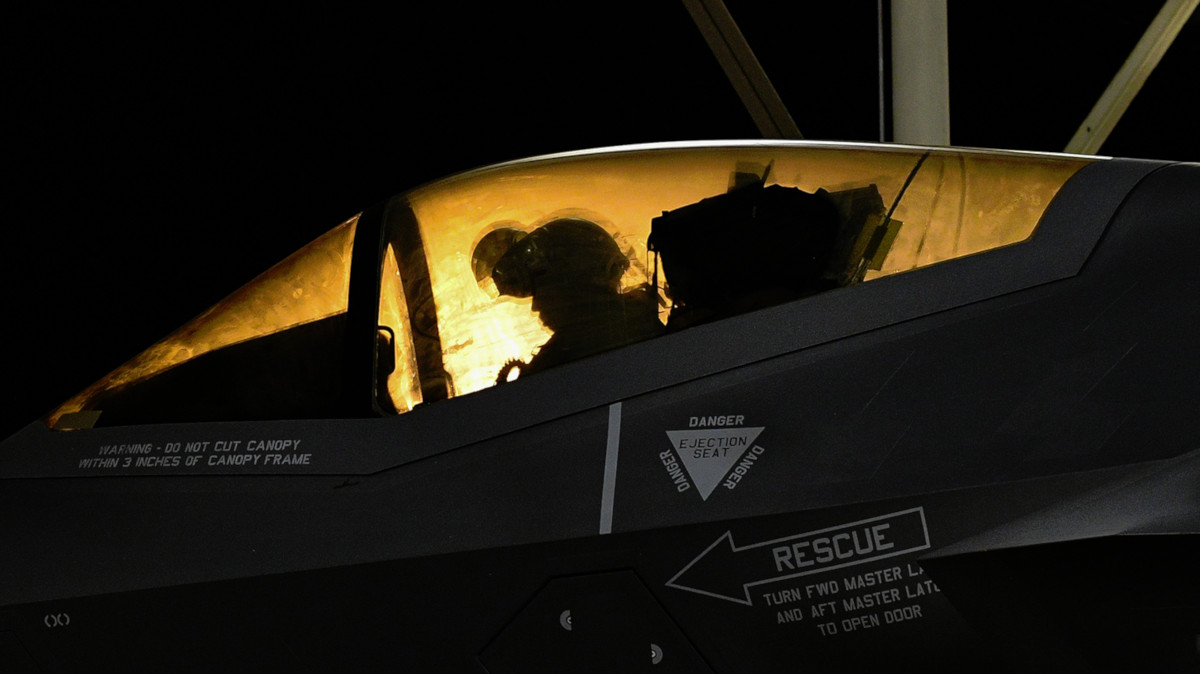
Contact the author: jtrevithickpr@gmail.com
